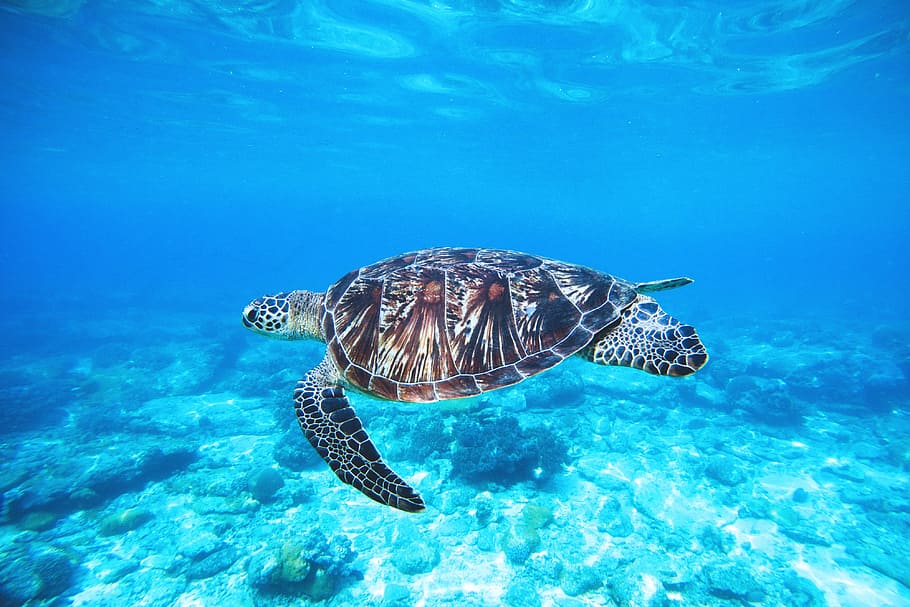
Sea turtles are a crucial part of the marine ecosystem and play an important role in maintaining the health of the ocean. Sri Lanka is home to five species of sea turtles, namely the Olive Ridley, Loggerhead, Green Turtle, Hawksbill, and Leatherback. However, these species are facing numerous threats, and their populations are declining rapidly. Therefore, preserving sea turtles in Sri Lanka has become an important issue that needs urgent attention.
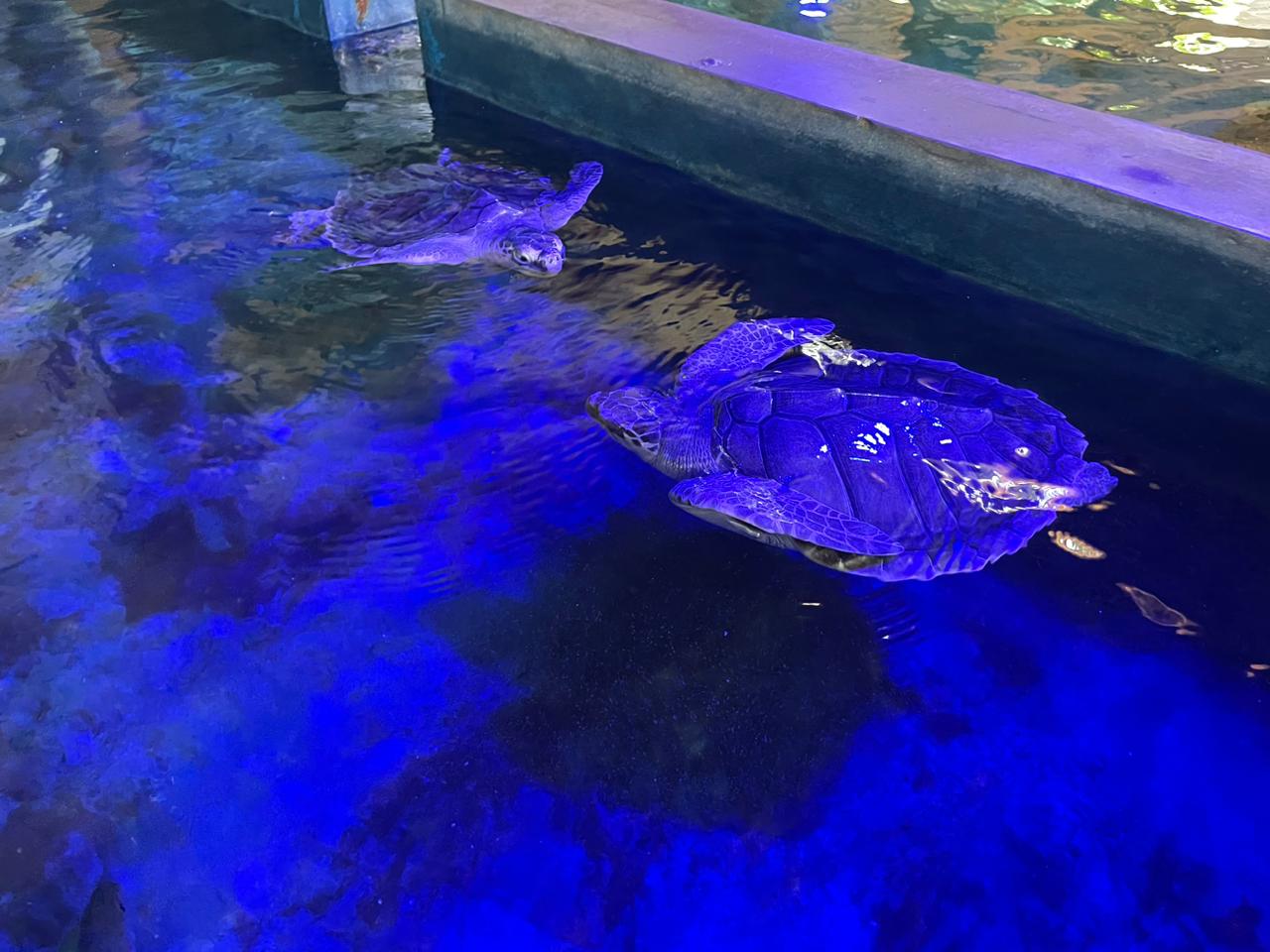
Sea turtles are magnificent creatures that have been roaming the earth for millions of years. However, their populations are declining rapidly due to human activities and natural predators. In Sri Lanka, sea turtle conservation has become an important issue, and a group of students from SLIIT University in Colombo has come together to address this problem.
The group consists of ten members who are working on a preserving sea turtle project aimed at preserving sea turtles in Sri Lanka. Their project is located on Sr. Rita Road in Mount Lavinia, and we are engaged in various activities to preserve sea turtles.
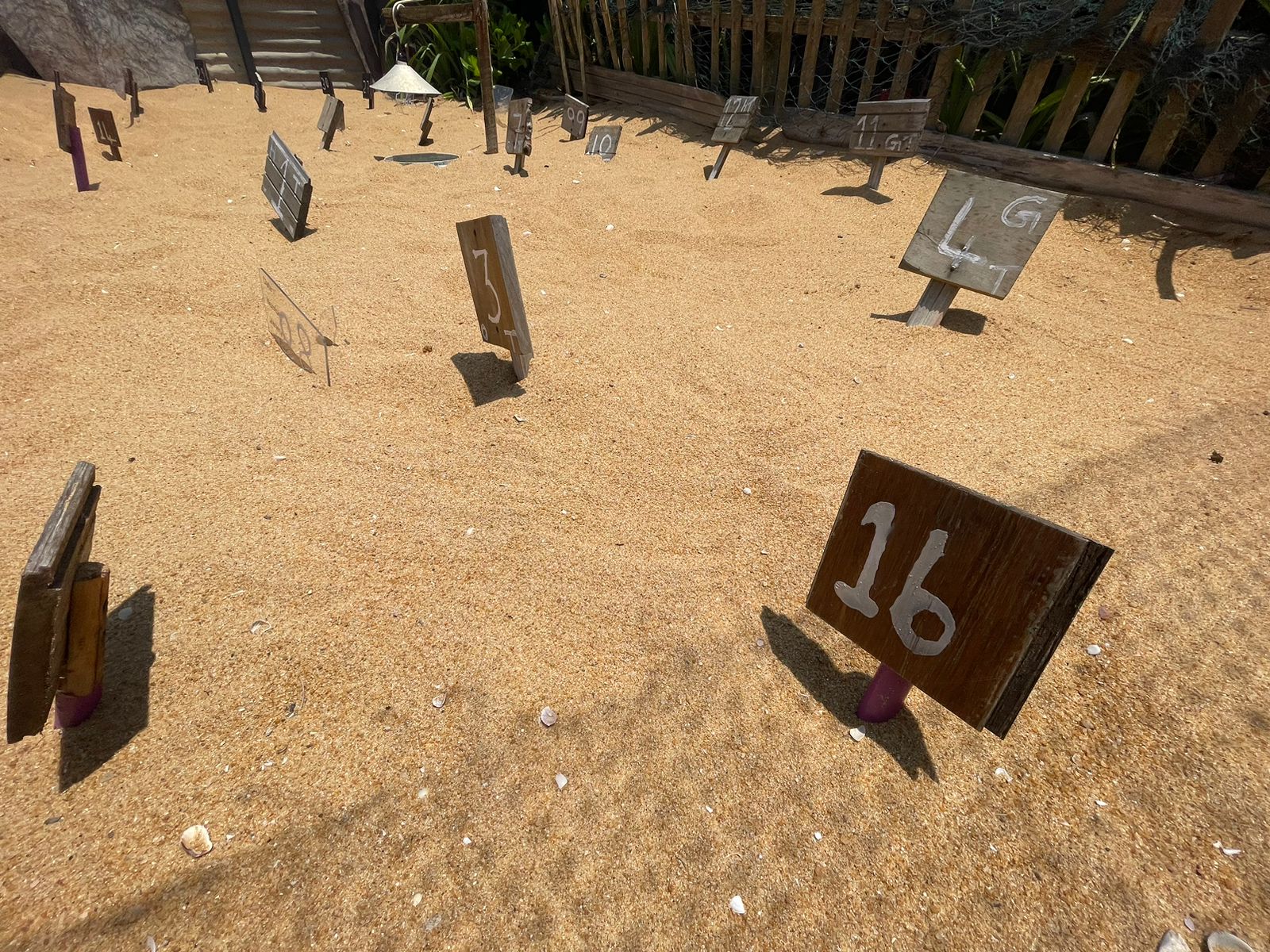
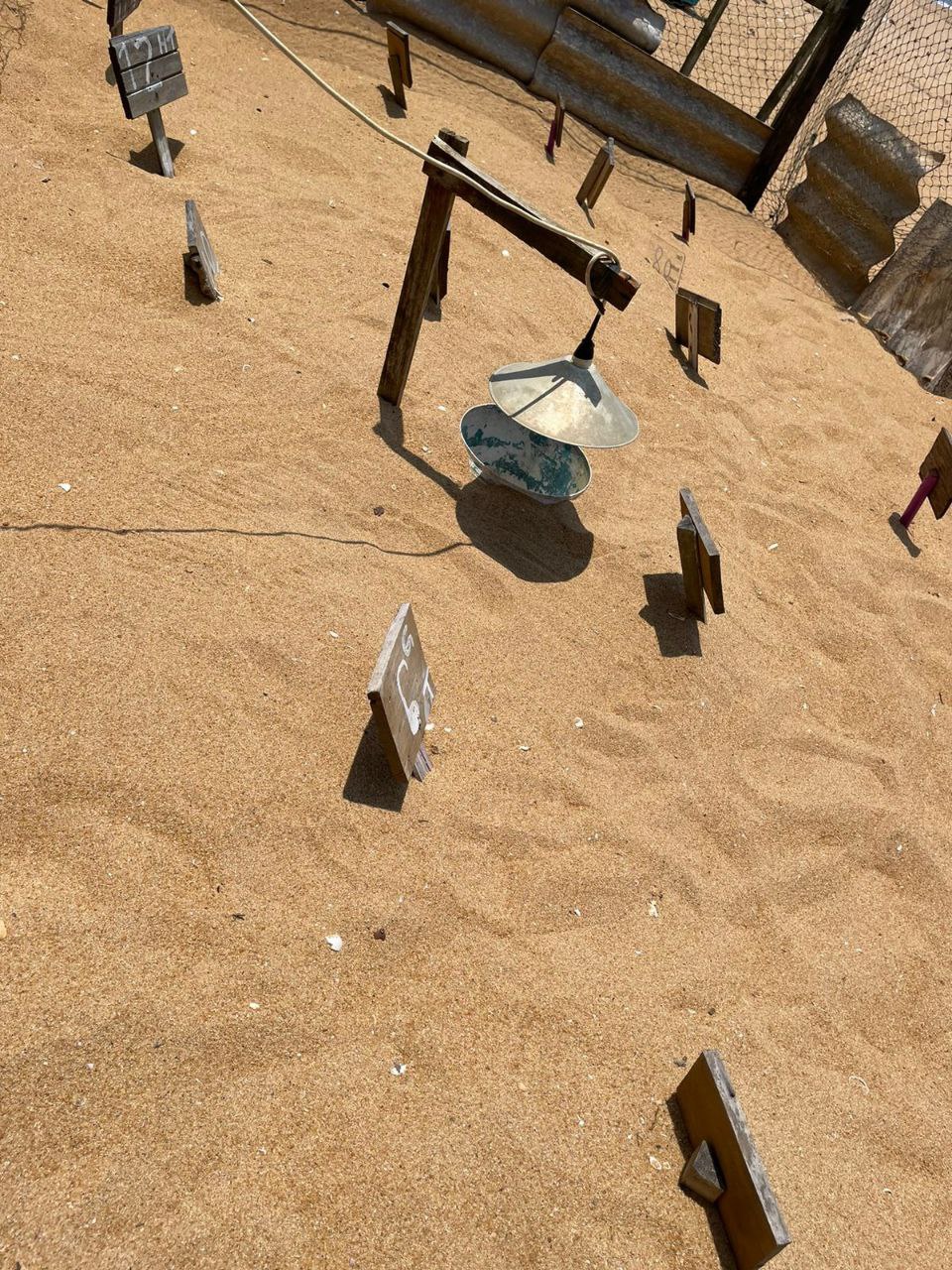
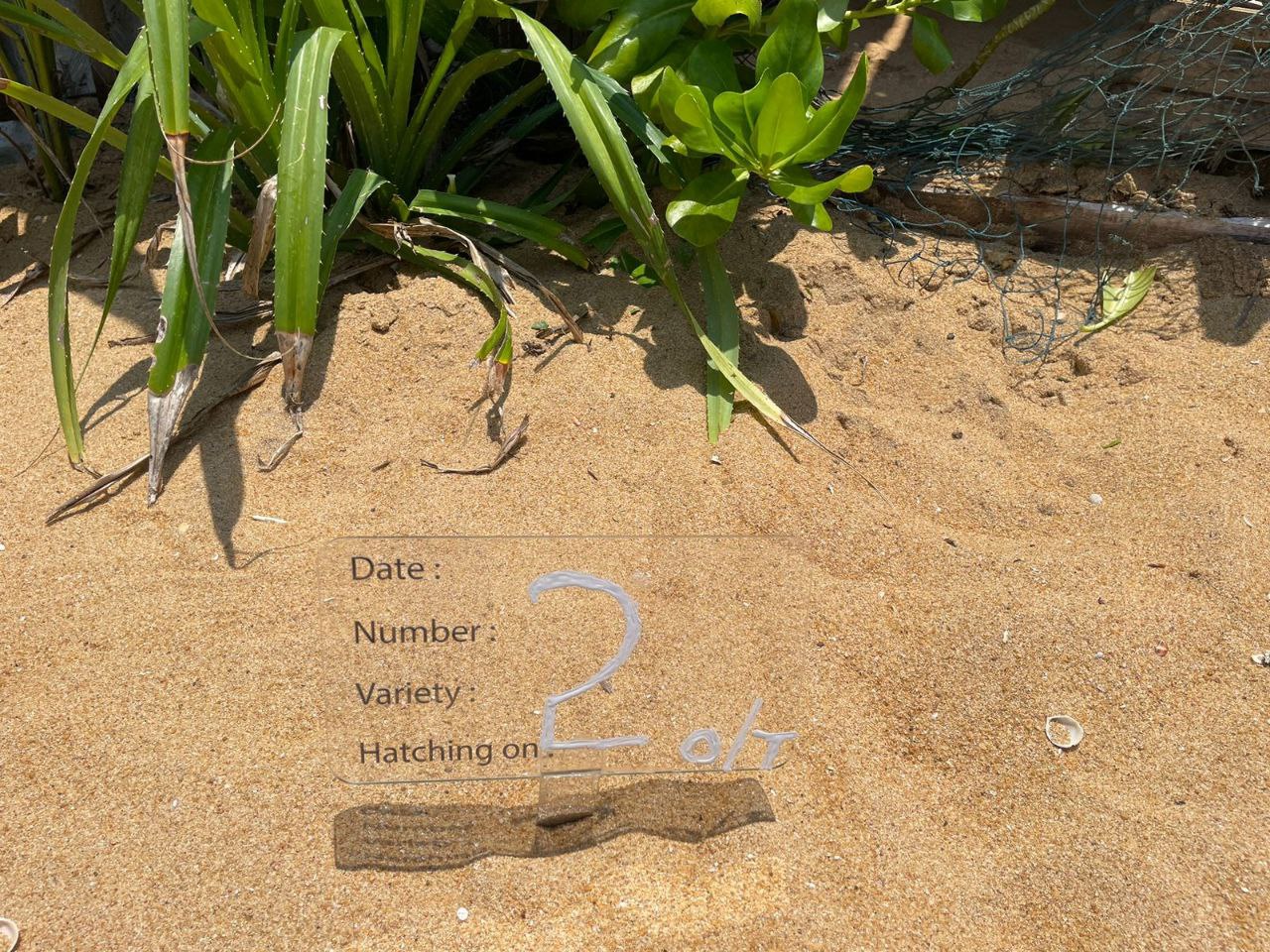
The primary objective of our project is to create a sea turtle hatchery to protect turtle eggs. This is an important step, as sea turtles face numerous threats, including poaching and natural predators. By creating a hatchery, the group can ensure that the turtle eggs are protected and the baby turtles have a better chance of survival.
In addition, we are feeding the turtles fish, which is essential to ensure that they get the necessary nutrients to grow healthy and strong. We are also bathing the turtles and cleaning their tanks to maintain a clean and healthy environment for them. These activities are crucial to ensuring the well-being of the turtles and promoting their conservation.
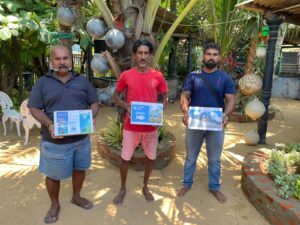
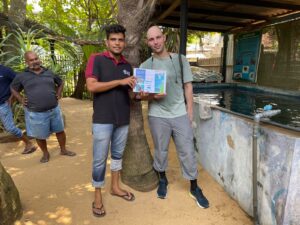
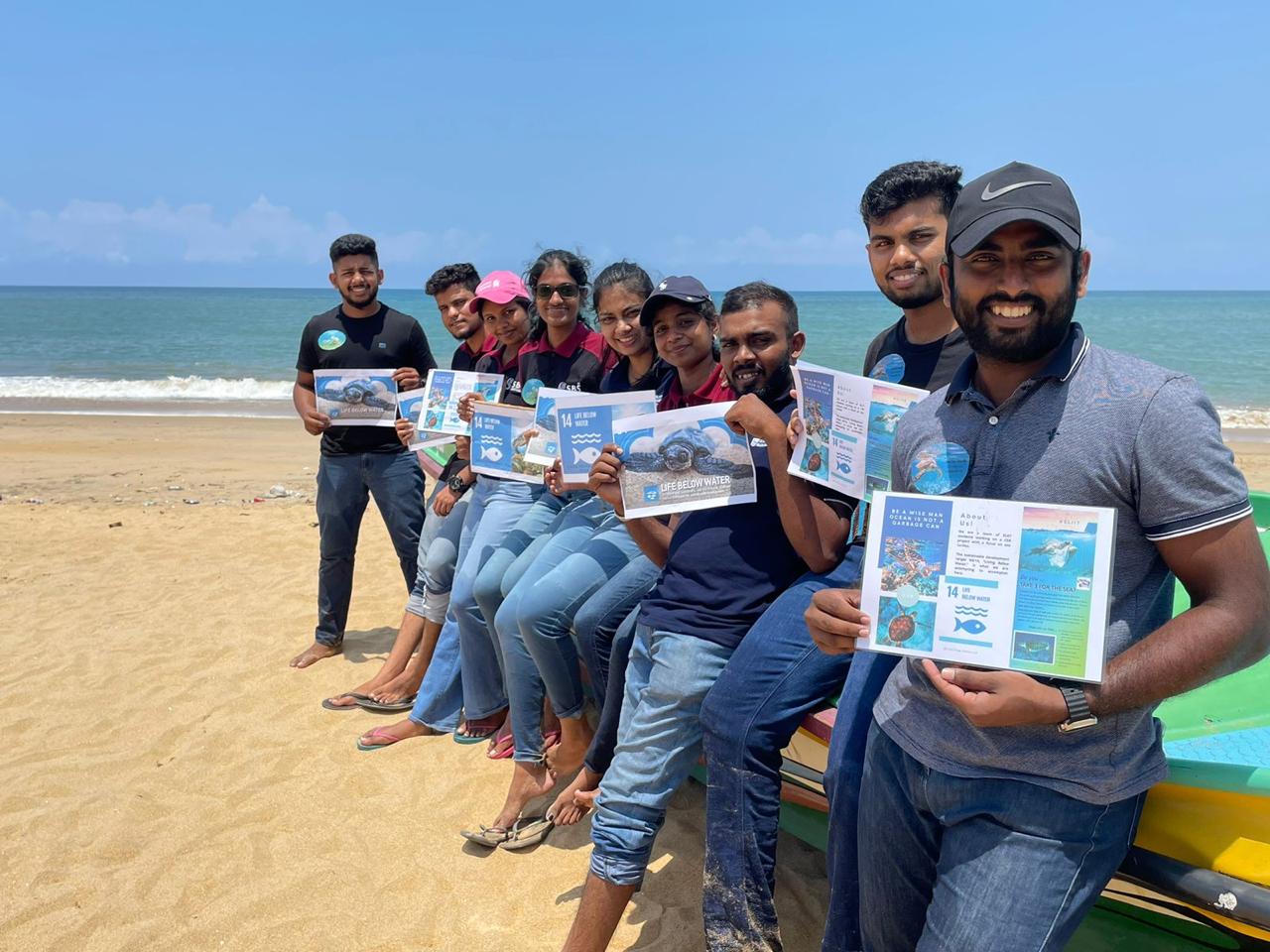
Furthermore, the group is actively engaged in raising awareness among locals and foreigners about the importance of sea turtle conservation. We organize educational programs and workshops to teach people about the threats facing sea turtles and how they can contribute to their conservation. The group also distributes educational materials such as brochures, flyers, and posters to raise awareness.
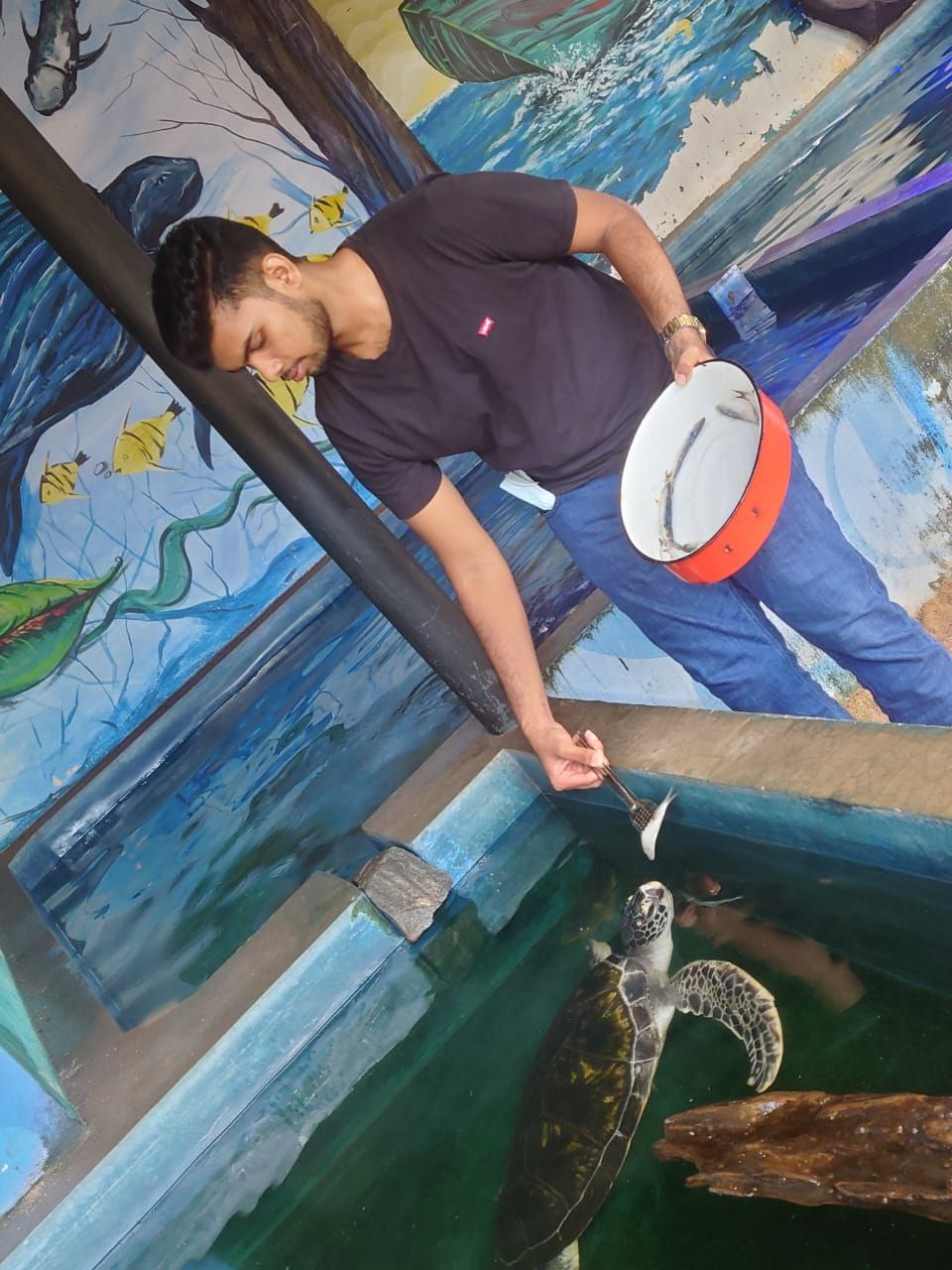
Finally, the group is involved in releasing baby turtles into the sea. This is a significant step in promoting the conservation of sea turtles, as it ensures the continuation of the species. However, it is important to make sure that the release is done safely and at the right time to ensure the survival of the turtles.
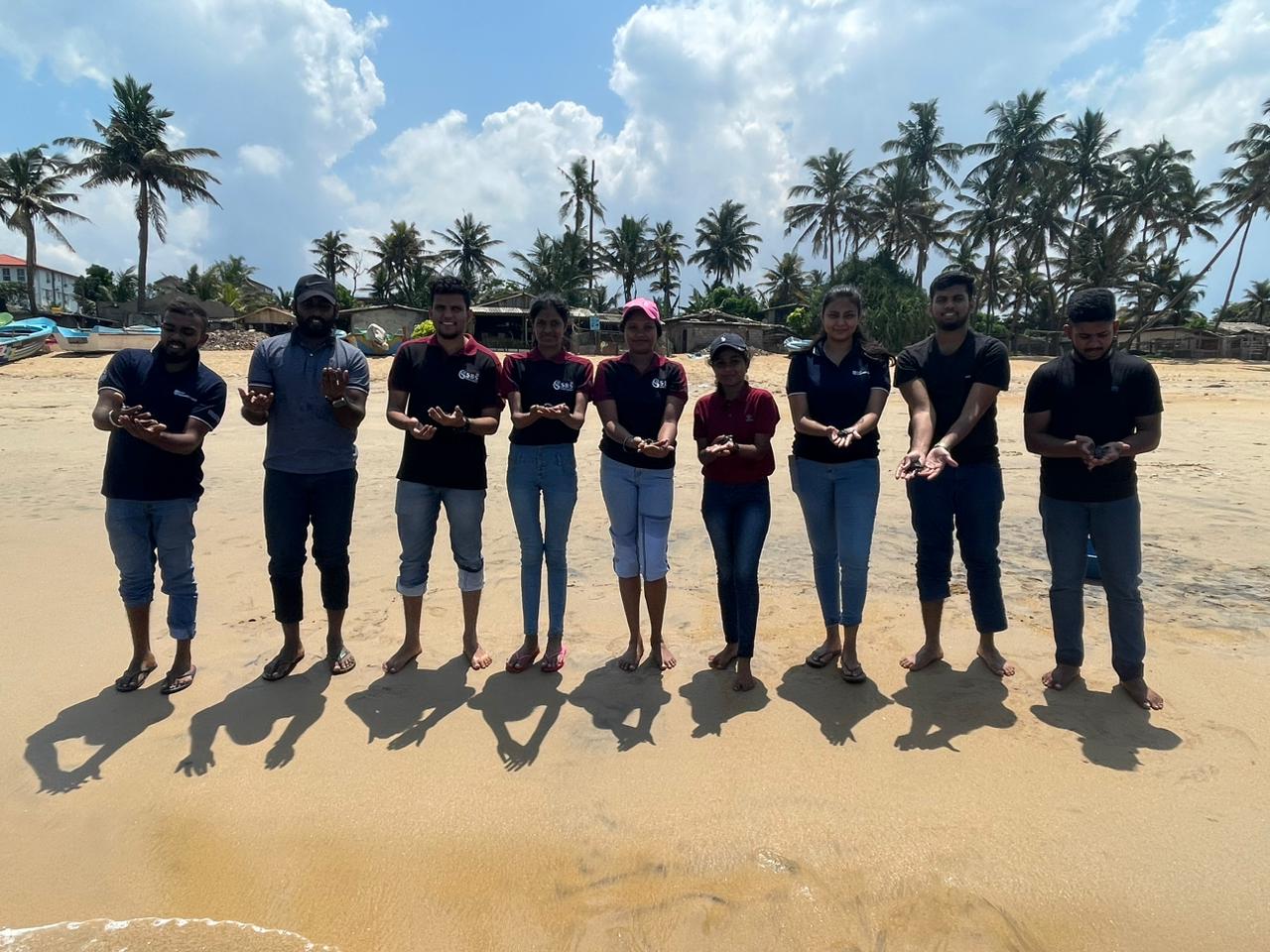
There are five species of sea turtles that can be found in Sri Lanka, each with its unique characteristics and habits. The five species are:
Green sea turtle

This is the most commonly found species in Sri Lanka, and they are named for the green color of their body fat. They are herbivorous and can be found grazing on seagrasses and algae.
Olive Ridley sea turtle
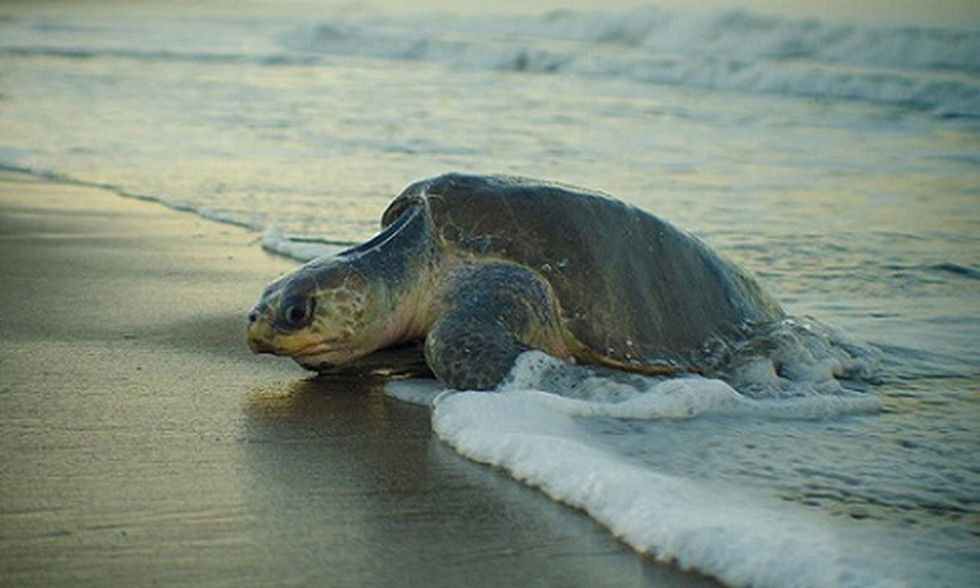
This species is known for their olive-colored shell and is the second most commonly found species in Sri Lanka. They are omnivorous and feed on crabs, mollusks, and other marine invertebrates.
Hawksbill sea turtle

This species has a distinctive tapered beak and is named for their sharp, pointed beak. They are omnivorous and feed on sponges, jellyfish, and other invertebrates.
Leatherback sea turtle

This is the largest species of sea turtle and can grow up to 2.4 meters in length. They are unique because they have a soft, leathery shell instead of a hard shell. They are also known for their deep-diving abilities and can reach depths of up to 1,280 meters.
Loggerhead sea turtle
This species is named for their large head, which is used to crush and eat their prey, including crustaceans and mollusks. They are a rare species in Sri Lanka and are usually found in deeper waters.
Each of these sea turtle species has its unique characteristics and plays an essential role in maintaining the balance of the marine ecosystem. Therefore, it is essential to preserve and protect all the species of sea turtles found in Sri Lanka.



